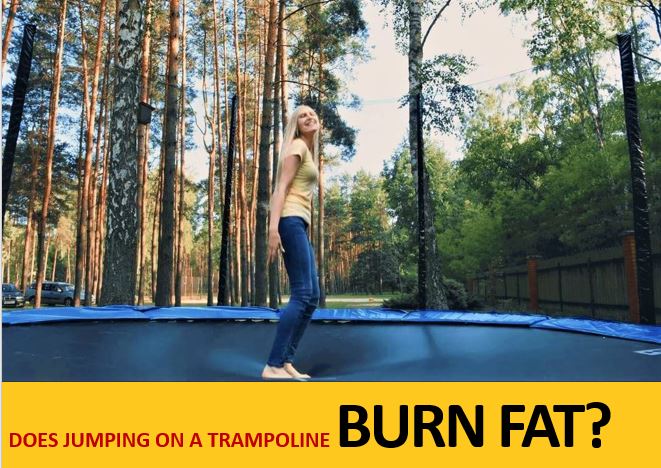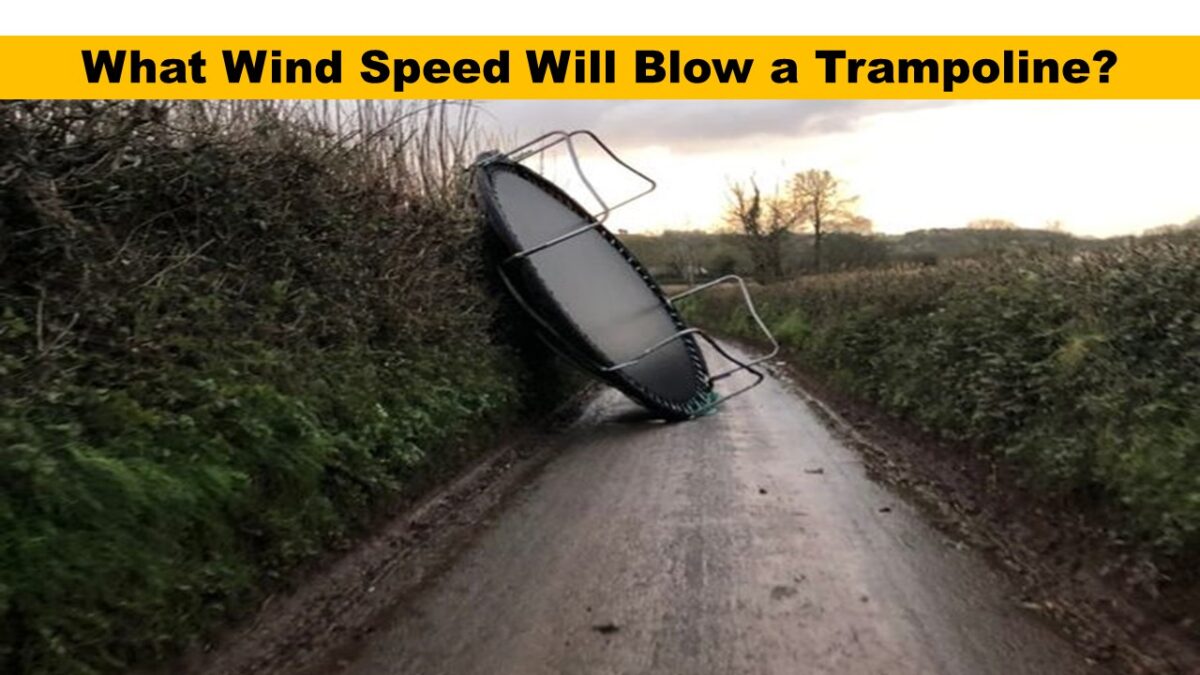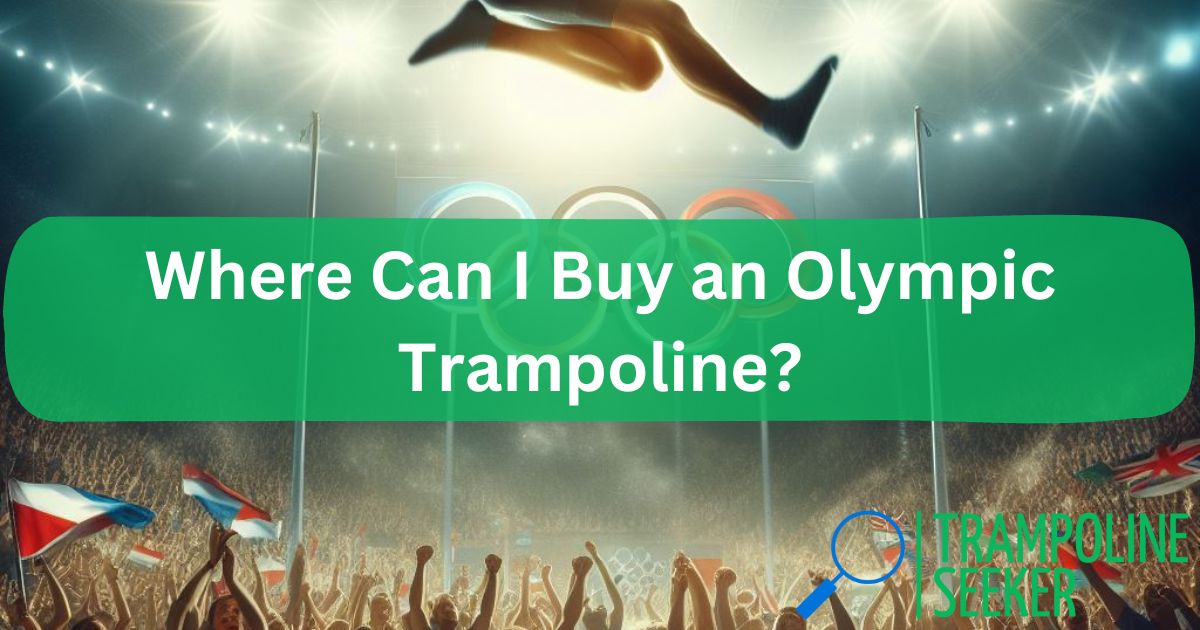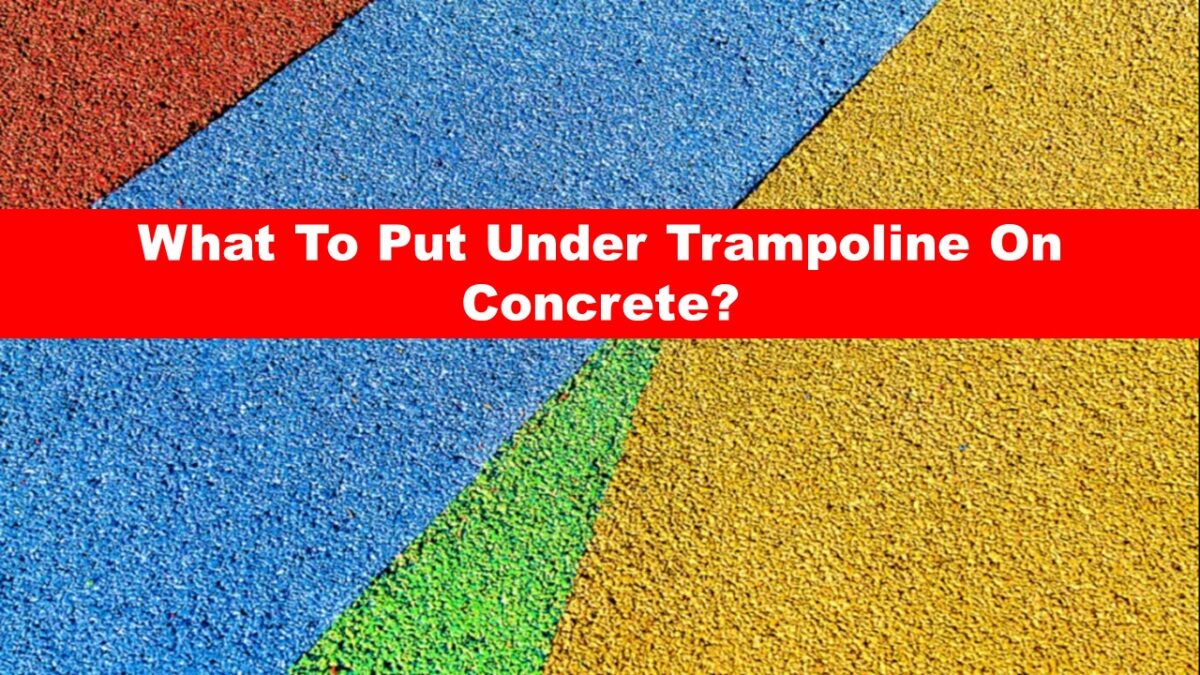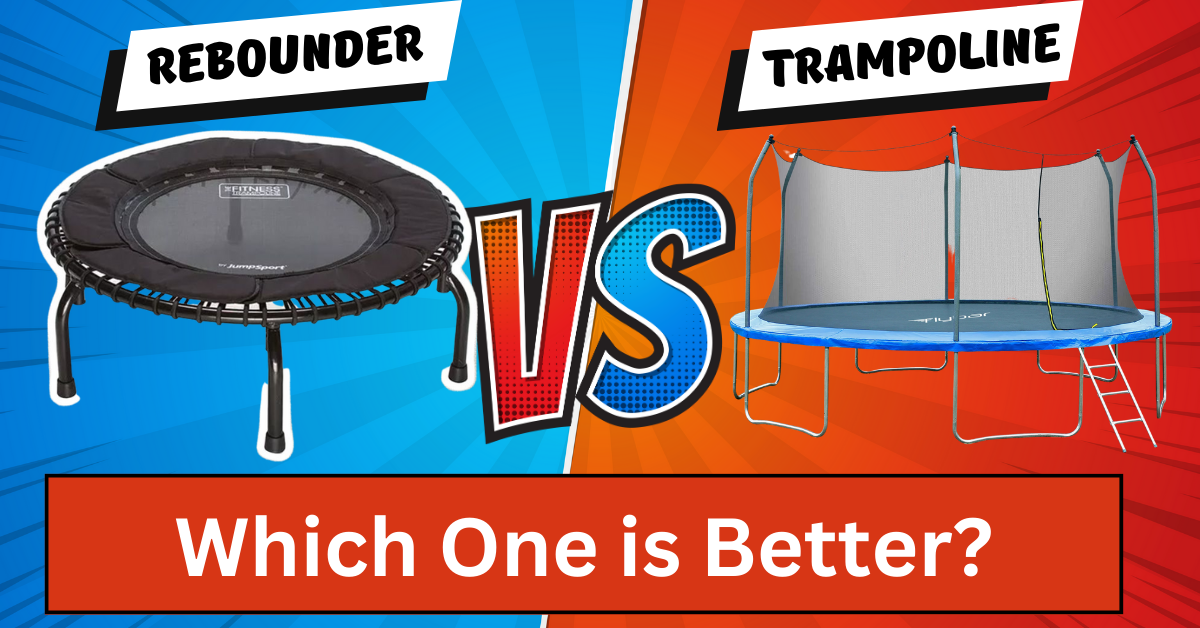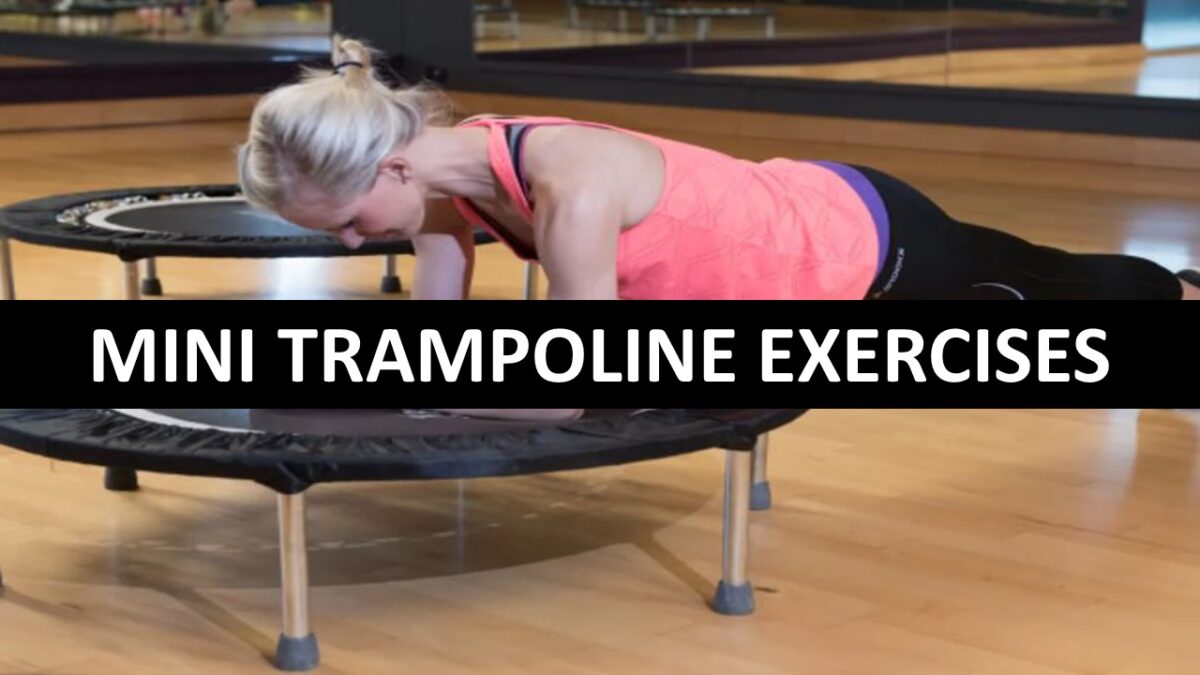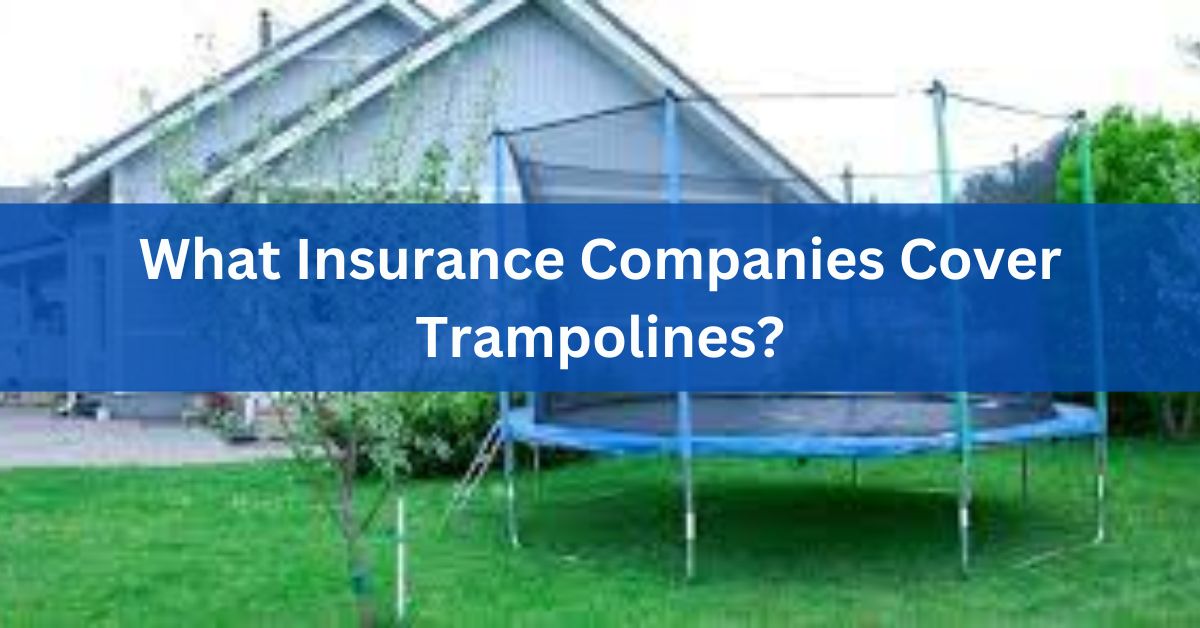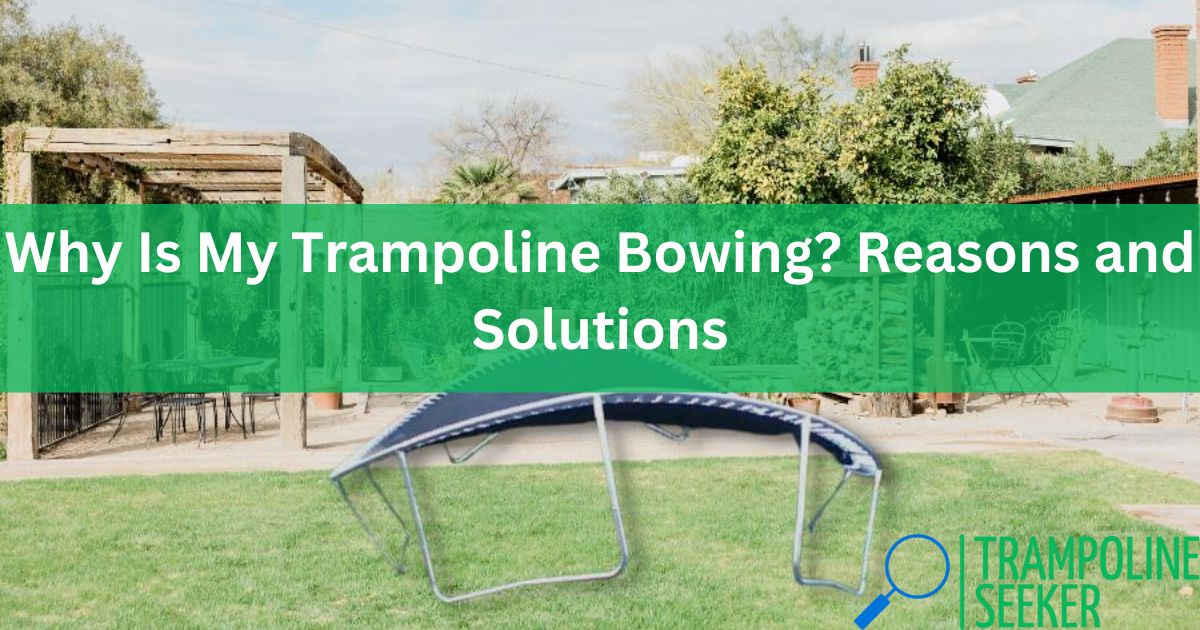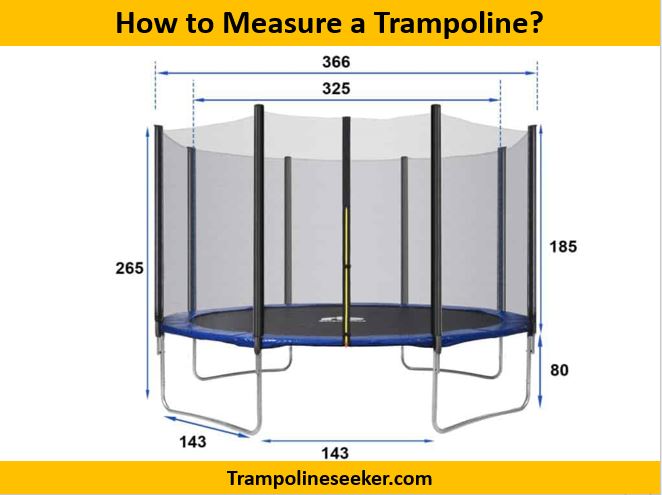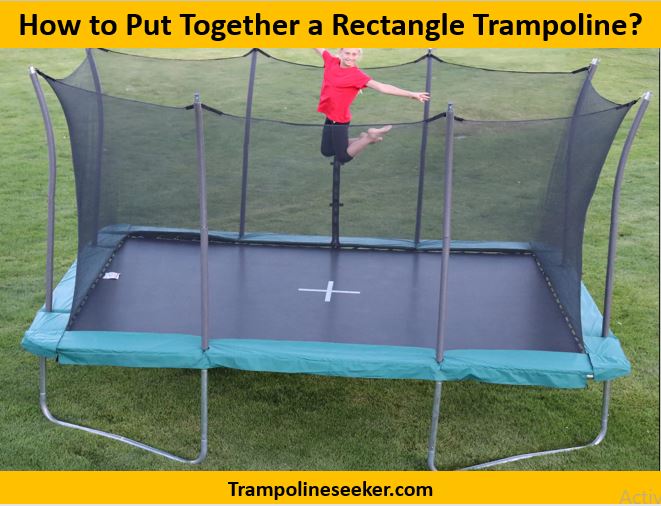When considering buying a trampoline, one of the first things you’ll notice is the wide range of prices. Trampolines can cost anywhere from a couple hundred dollars to several thousand. So that begs the question – are those expensive trampolines really worth the higher price tag?
After researching the topic in depth and drawing from my years of experience buying and using trampolines with my family, I would say the answer is…it depends. There are definitely solid reasons why higher-end trampolines command those premium prices. But not every family necessarily needs to splurge either.
Ultimately, it comes down to your priorities, budget, and intended use. In this blog post, I’ll break down the key differences between cheap, mid-range, and expensive backyard trampolines. My goal is to provide you with an objective, balanced perspective so you can make the best decision for your family.
At a Glance: Key Differences Between Trampoline Price Tiers
Before we dive into more details, here is a high-level overview of what you typically gain as trampoline prices increase:
Cheap trampolines
- Lower upfront cost
- Lack many safety features
- Prone to breaking
- Short lifespan of 1-3 years
Mid-range trampolines
- Moderate upfront cost
- More safety features than cheap
- Higher weight capacities
- Average lifespan of 3-5 years
Expensive trampolines
- Highest upfront cost
- Safest trampoline options
- Built from premium, durable materials
- Lifespan of 10+ years
The most pertinent question you should ask when deciding is – are you buying the trampoline for short-term recreational use or as a long-term backyard fixture?
If it’s the former, a budget or mid-range trampoline should meet your needs. But for a trampoline to stand the test of time, higher-end models deliver vital safety, durability, and performance advantages.
Now let’s explore those advantages in more detail…
Why Do Premium Trampolines Cost More?

Several key factors influence the pricing of high-end trampolines:
Safety
The number one consideration for most parents is keeping their kids safe. Premium trampolines offer superior injury prevention in a few ways:
- Protective barrier netting – Expensive models have thicker netting that cushions falls and flexes on impact to prevent injuries. Many cheap models lack safety netting altogether.
- No hazardous gaps or pinch points – Higher-priced trampolines also eliminate gaps between springs or hard metal edges. Some even have spring-free designs using flexible composite rods instead. This prevents trapped fingers and toes.
- Shock-absorbing padding – More expensive padding on costly models is also wider and more durable in protecting jumpers from the frame.
- Weather resistance – From the netting to the mats and steel frame, expensive trampolines use UV-resistant and rust-proof materials so they remain safe after years outdoors.
By investing more upfront into safety, costly trampolines aim to prevent injuries down the road. This provides much more peace of mind.
Build Quality and Durability
As the adage goes – you get what you pay for. Inexpensive models are tempting in the store. But after a year or two exposed to the elements and constant jumping, those budget-friendly fabrics, padding, and frames show their weakness.
Premium backyard trampolines are built to last using quality materials:
- Robust steel frames – Expensive models have frames made from thicker, galvanized steel tubing rather than cheaper aluminum prone to bending. This retains bounce and prevents structural issues over years of jumping.
- Higher-grade springs – On spring trampolines, expensive models invest in rust-resistant, gold zinc or stainless steel springs. They utilize more springs with greater tension and flex too. This prevents sagging while delivering better bounce over time.
- UV-resistant mats – The most expensive jumping mats are tightly woven from durable UV-resistant fabrics like Permatron, which retain their integrity much longer than cheaper options.
- More extensive warranties – High-end trampoline brands confidently provide 6-10 year warranties on average. This matches the decade or longer lifespan their premium materials provide under normal backyard use.
While cheap trampolines seem like a bargain initially, constant replacement part orders quickly add up. Costly models save money over years of use thanks to their durable construction.
Performance and Capacity
For casual recreational jumpers, just about any trampoline can provide fun. But as your skills progress, you may crave more robustness and bounce. That’s where high performance enters the picture:
- Rectangular trampolines – Want more room for tricks or multiple simultaneous jumpers? Rectangular trampolines provide ample jump space and are far bouncier than comparably sized rounds. But the additional materials required hike up costs significantly.
- Smoother, more powerful bounce – Expensive trampolines also invest in longer, conical springs allowing greater pull-and-stretch for an airy yet controlled bounce. Cheap springs are shorter and weaker.
- Higher weight capacities – Between heavier gauge steel, more springs, and tightly woven mats, expensive trampolines bear more weight. Some support 500+ pounds rather than maxing out around 200 on cheaper recreational models.
While casual families can enjoy affordable trampolines, gymnasts, athletes, teens, and adult jumpers require advanced performance. In those cases, premium backyard models are worthwhile investments.
Aesthetics
Trampolines conjure back thoughts of ragged netting, rusty springs, and eyesores detracting from your carefully cultivated backyard oasis.
Expensive trampolines flip the script providing stylish, modern aesthetic designs using colors and shapes that complement other backyard furniture and landscaping.
Some key advantages include:
- Color customization – Many premium brands like Springfree allow you to select colors to match your backyard style. This prevents the default black, white, and blue combination from clashing.
- Unique modern shapes – Expensive models offer exciting variety going beyond standard rounds and rectangles. Oval, square, and octagonal trampolines make for captivating backyard centerpieces.
- Innovative hybrid designs – Hidden or underground frames and barrier netting on high-end models provide less visual clutter. It highlights the jumping area rather than unsightly structural supports on all sides.
While not influencing functionality necessarily, aesthetics provide joy and curb appeal that many inexpensive models lack. If design matters in your backyard recreation space, expensive trampolines deliver.
What Are the Downsides of Costly Trampolines?
I’ve just outlined numerous advantages supporting expensive trampolines. But in the spirit of balanced transparency, what are the cons to going high-end?
Higher Upfront Cost
The obvious pitfall with splurging on premium trampolines is the sheer cost. While expensive models may save you money over time through their longevity, the sticker shock of paying $2,000+ rather than $400 turns many buyers away immediately.
Trampolines are discretionary recreational items rather than necessities after all. This leaves many feeling luxurious models are unnecessary indulgences.
If cash is tight and you just want a basic backyard bouncing surface for the kids, expensive options will be hard to rationalize. But payment plans helping spread costs over months can ease the burden for some buyers.
Overkill for Temporary Use
Expensive trampolines boast 10-15 year lifespans in many cases. But what if you only plan to use a trampoline for 1-3 years max?
Perhaps you are uncertain if your kids will enjoy and use it long-term. Or maybe you anticipate frequent relocations where hauling a bulky trampoline isn’t practical.
In scenarios where short-term utility is the priority, premium models wasting most of their structural integrity seem wasteful. A discount or mid-range trampoline meets temporary needs just fine.
So if uncertain about long-term plans, resist overspending on longevity you won’t utilize.
Related Article: Why Are Trampolines So Expensive?
Summary: Weighing Worth for Your Situation
Ultimately, deciding whether expensive trampolines warrant their lofty pricing comes down to a simple cost/benefit analysis:
- If you desire long-term safety, performance, and durability – premium prices balance out through years of use.
- But if merely seeking a fun occasional jumping surface for a year or three, focus on lower prices instead.
I recommend listing out your must-have features and anticipating how often you’ll use a trampoline. This highlights what’s indispensable versus a frivolous extra.
You shouldn’t overspend just because something costs more. But also don’t underestimate value provided either. Find the sweet spot delivering necessary benefits without paying for superfluous extras you won’t advantage of.
While I can’t issue a definitive verdict on worth that blankets every consumer, hopefully these considerations help you evaluate trampoline prices through an empowered lens. Spend within your means but without unknowingly compromising on priorities meaningful to your family.
That’s the balancing act when approaching premium backyard trampoline prices.
Which Brand of Expensive Trampoline Is the Best?
If you’ve decided to invest in a premium trampoline after weighing pros and cons, which brands manufacture the highest quality options?
According to my firsthand experience and research into product testing and reviews, three manufacturers lead the way regarding expensive backyard trampolines:
Springfree – Springfree revolutionized the industry with their spring-free concept using composite fiberglass rods instead. They lead the way ensuring safety and their patented SmartcnologyTM delivers supreme bounce too.
Vuly – Utilizing advanced aerospace-grade materials, Vuly trampolines offer compelling fusion of safety, durability, and performance at premium price points.
AlleyOOP – With advanced VariableBounceTM technology calibrating bounce, AlleyOOP makes exceptional modern oval and rectangle trampolines built to last.
While various subjective factors still differentiate brands, Springfree, Vuly, and AlleyOOP objectively rise above competitors manufacturing premium backyard trampolines targeting safety and longevity.
How Much Do the Most Expensive Trampolines Cost?
You can certainly find select boutique trampoline models priced at $10,000 or even $20,000. But limiting our discussion to mainstream backyard consumer models, what is the ceiling for pricing?
As of late 2022, the most exorbitantly priced residential outdoor trampoline line belongs to industry pioneer Springfree with their Jumbo Oval Trampoline retailing for $3,999.
However, you realistically don’t need to spend nearly that much to gain excellent safety, build quality, and performance. Springfree’s Large Square Trampoline costs roughly half as much at $1,999 for example yet delivers on all the core features just the same.
And competitive brands like Vuly and AlleyOOP match or beat Springfree’s specifications at select lower price points too.
So while exceptional, ultra-high-end trampolines exist pushing $5,000 and up, numerous options between $1,500-$3,000 provide that same top-tier quality at relatively more affordable luxury pricing.
Should I Finance My Trampoline Purchase?
As mentioned when outlining downsides above, the singular obstacle giving most shoppers pause about premium trampolines is their sheer upfront cost.
But spreading payments out over 6, 12, or even 36 months can eliminate that deterrent, bringing expensive models’ monthly costs closer in line with cheaper trampolines.
Trampoline financing or payment plans allow you to reap benefits of ownership immediately rather than wasting money renting a inferior trampoline short-term.
Just ensure reputable financing terms so that initial low payments don’t later spike exponentially higher. Responsible financing makes premium trampolines accessible for buyers wanting exceptional quality yet unable to pay thousands upfront in cash.
How Much Assembly or Installation Help Do I Need?
More complex expensive trampoline naturally require greater assembly precision too. Cheaper trampolines latch together in minutes whereas premium models devote more time to exact structural alignments.
If tackling assembly solo, allow several hours for reading instructions carefully and taking your time. Precision yields optimal bounce and safety for years rather than cutting corners now.
Or consider paying delivery teams $200-$500 to assemble on site, allowing them to handle the complicated installation process. This guarantees proper initial construction.
Once together though, high-end trampolines require far less maintenance or reassembly than cheaper versions needing constant replacement parts and structural reinforcements.
So while more complex initally, expensive trampolines save you work long-term through their superior manufacturing quality and durability.
The Final Verdict: Weigh Factors Carefully
Trampolines eliciting “oohs” and “ahhs” at the store through flashy features and designs certainly tempt consumers. But don’t judge solely by appearances or even pricing alone.
Optimizing safety, longevity, and performance requires looking deeper at structural build elements. And only personal factors like budget and intended usage reveal ideal worth too.
By avoiding snap reactions to surface traits, carefully weighing priority features against pricing and usage plans, your trampoline selection promises seasons of enjoyment rather than future regret.
Sometimes costlier options provide unparalleled return through years of family memories. Other situations smartly save money avoiding unnecessary expenses on extraneous capabilities.
I hope the extensive detail provided empowers your personalized decision balancing all considerations meaningful for your backyard trampoline goals.
Trampolines serve as treasured backyard fixtures when selected judiciously using comprehensive needs assessments. Don’t merely default to the cheapest model without ensuring safety and durability either. Find your family’s optimal fit at pricing delivering everything you need – nothing more and certainly nothing less.
The investment returns home tenfold when you make the most educated trampoline purchase possible. No longer will you have to wonder “are those expensive trampolines really worth it?” After thoroughly weighing considerations here, I trust you can decide which option makes the most sense allowing you to bounce happily for years to come!
Frequently Asked Questions (FAQs)
Why are rectangular trampolines more expensive?
Rectangle trampolines necessitate additional materials to form the full right angles on all sides. Combined with larger surface areas and added robustness, rectangular models use more steel, springs, padding, and UV-resistant fabrics – adding costs substantially.
Must Read: Why Are Rectangle Trampolines More Expensive?
How much padding should an expensive trampoline have?
Ideally, the padding overlapping the external frame rail should measure 3-4 inches wide for optimal injury prevention. Cheap trampolines often have less than an inch of padding leaving gaps against the frame.
How much more do Springfree trampolines cost than competitors?
Known for exceptional safety and high-quality, Springfree trampolines do command 15-30% price premiums over competing brands with comparable dimensions. But many consider the innovation and reliability well worth the added costs.
Do I pay more for a round vs rectangular trampoline?
Yes, rectangular trampolines normally cost about 35-60% more than round trampolines with equivalent jumping surface area. Rectangles utilize extra steel and materials for their right-angled corners.
What parts are typically included under expensive trampoline warranty periods?
Most premium trampoline brands warranty the steel frame and poles, jumping surface mat, enclosure netting, and springs against manufacturer defects for 5-10 years. Varying periods may cover other components. Read fine print carefully.
Articles You May Like to Read:
| How to Fix/Replace a Trampoline Zipper? |
| How to Find a Quality Used Trampoline? |
| 12 Ft Vs 14 Ft Vs 15 Ft Trampoline |
| Trampoline Vs Pool |
| Best 17 Foot Trampoline |
Download this Article in Pdf Format:


